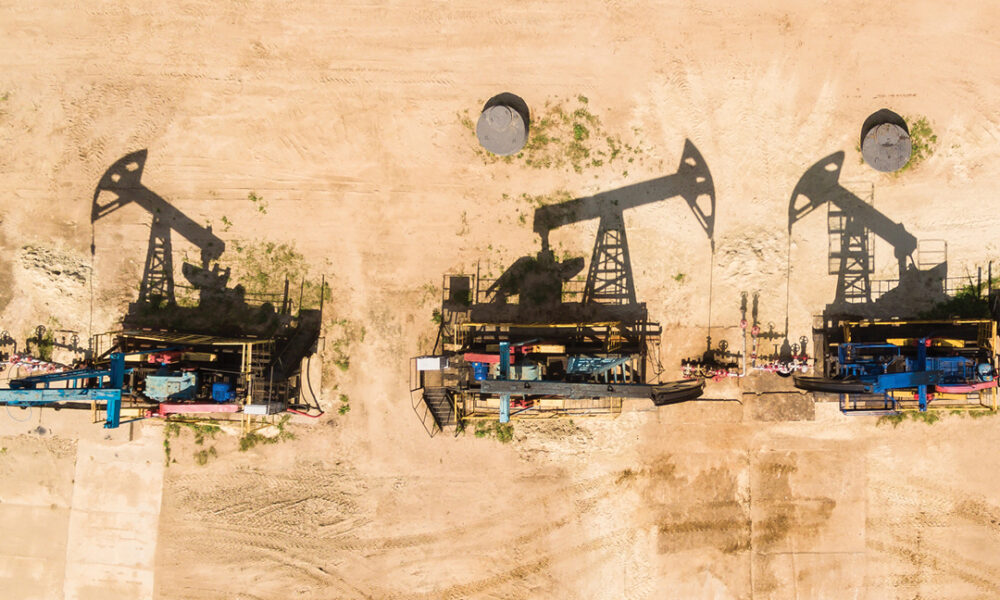Market Morsel: Fertiliser pricing has been worse*

Market Morsel
Everyone knows that I am a fairly positive person, at least for a Scot. I have found a (slight) positive in fertiliser.
At EP3, we cover fertiliser markets regularly, as they substantially impact farmer profitability.
I thought it was worthwhile taking a look at fertiliser from a long term perspective, similar to our work on beef (75 years of beef) and wheat (The real price of wheat).
We quite often there that fertiliser prices have achieved record levels in recent months. This is true, but also not quite true.
Examining prices over a long timeframe requires a conversion from nominal to real terms. That is, we have to take into account inflation. In the following charts, we have included the real value and the nominal value of fertiliser.
We have to consider inflation because a dollar in 1985 is worth more than a dollar today.
In nominal terms (the price paid on the day), fertiliser is at record levels. When we take into account inflation, the price of fertiliser is still substantially lower than the peak of pricing achieved during 1974.
There are similarities between that time and the present. We have mentioned many times that fertiliser (and therefore agriculture) is a product of energy. The 1973/4 oil crisis resulted from an embargo by OPEC on nations that had supported Israel in the Yom Kippur war.
Fertiliser is produced through energy-intensive processes. A supply shock and increasing energy cost caused fertiliser prices to go rampant. The root of the 2021/22 fertiliser price shock was high energy pricing.
The third chart below, for interest sake, is the comparison of Urea and wheat in 2022 dollars.
So what is the moral of the story? Well, fertiliser prices are bad, but they aren’t as bad as in 1974.
Updated (14/6/2022): One of the points we have been making for quite some time is the potential for a cost-price squeeze, where prices of inputs rise to remove the margins from higher output costs. The last chart below shows the ratio of wheat-urea since 1960.
We can see that a higher volume of wheat has to be sold to recover the cost of Urea, than at any other point since 1906.








